Herron School of Art + Design
The IUPUI Herron School of Art and Design is the premier accredited professional art and design school in the state of Indiana – and its students, staff, and faculty are using their imaginative minds and creative skills to encourage local and global awareness and action towards achieving the SDGs. Since 2005, the Galleries at the Herron School of Art and Design have served as a vibrant site of exploration, participation, and learning. Previous, current, and future planned exhibitions inspire patrons to reflect on historical social wrongs, honor marginalized people and perspectives, and consider our environment and sustainable solutions for the future. In Spring 2021 the Galleries opened three new exhibits that explore race, equality, and decolonization – building on previous gallery programming aimed at promoting public understanding and engagement in the areas of inclusion and equality (SDG 10), peace and social justice (SDG 16), and environmental sustainability (SDG 13, 14, and 15).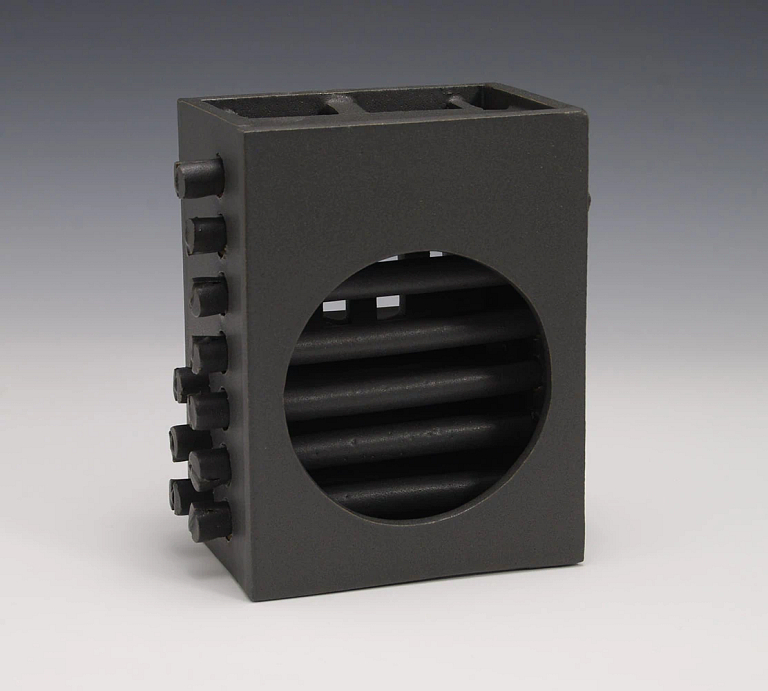 As Herron Galleries Director and Curator Joseph Mella explains, “art with an informed social consciousness is alive and well at Herron.” This observation is made abundantly clear through the currently exhibited arresting work of Paul S. Briggs. Cell Personae: The Impact of Incarceration on Black Lives represents Briggs' personal response to America's other pandemic – the mass incarceration of Black people. The 25 rectilinear slab-and-coil sculptures featured in the exhibition – each scaled to represent the size of a 6-by-8-foot prison cell – serve as a statement of protest against the startling statistic that Black people account for 40 percent of the US prison population, despite accounting for only 6.5 percent of the total American population. Briggs’ pieces unlock a space for personal and collective reflection and dialogue about this ongoing American tragedy, and illuminate the importance of achieving social inclusion, equality, and social justice (SDGs 10 and 16). Learn more about Cell Personae here.
As Herron Galleries Director and Curator Joseph Mella explains, “art with an informed social consciousness is alive and well at Herron.” This observation is made abundantly clear through the currently exhibited arresting work of Paul S. Briggs. Cell Personae: The Impact of Incarceration on Black Lives represents Briggs' personal response to America's other pandemic – the mass incarceration of Black people. The 25 rectilinear slab-and-coil sculptures featured in the exhibition – each scaled to represent the size of a 6-by-8-foot prison cell – serve as a statement of protest against the startling statistic that Black people account for 40 percent of the US prison population, despite accounting for only 6.5 percent of the total American population. Briggs’ pieces unlock a space for personal and collective reflection and dialogue about this ongoing American tragedy, and illuminate the importance of achieving social inclusion, equality, and social justice (SDGs 10 and 16). Learn more about Cell Personae here.
Related to the themes found in Briggs’ exhibition, The Sum of Unity – curated by artist and Herron alumnus Samuel Levi Jones – is a composite exhibition in response to the divisive climate in which we all find ourselves, displaying a collection of protest signs created by 50 Indiana and Chicago-based artists, including Herron students, alumni, faculty, and staff (SDG 16). SHIFT: What Can Museums Change? – an exploratory exhibition presented by the students of the Museum Studies program at the School of Liberal Arts at IUPUI – spotlights four museums that have taken steps toward moving their institutions and the cultures in which they are embedded toward honoring people and perspectives that had been pushed to the margins. The students’ collection asks patrons to consider museums’ positionality, messaging, and the institutions of privilege and power which they can challenge or reinforce. The exhibition also calls on museums to reflect on their historical mistakes and change practices and policies that have historically privileged whiteness and wealth. The project gets to the heart of target two of SDG 10 (Reduced Inequalities) – promote universal social, economic, and political inclusion. Learn more and virtually tour these and other exhibitions here.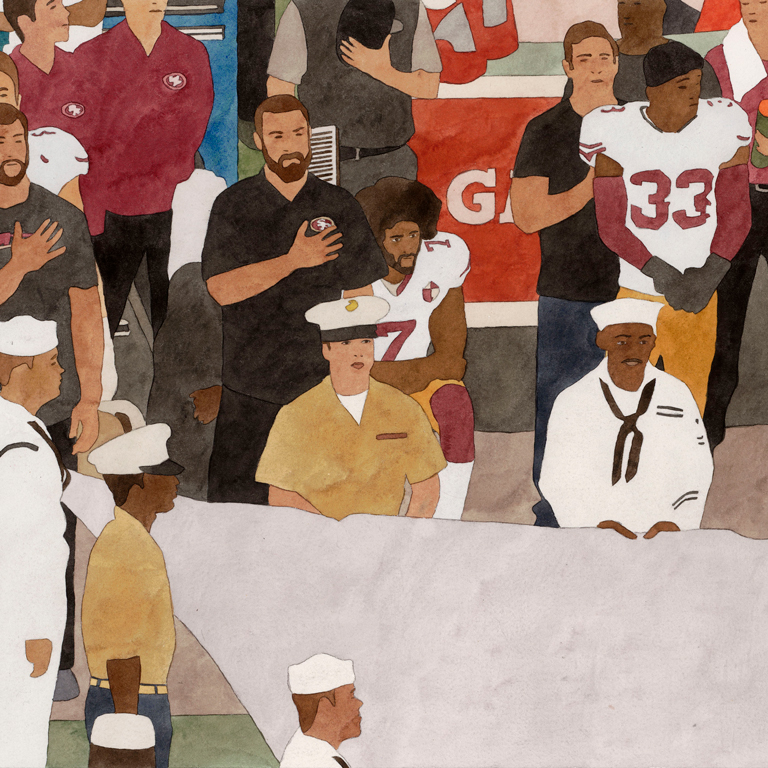
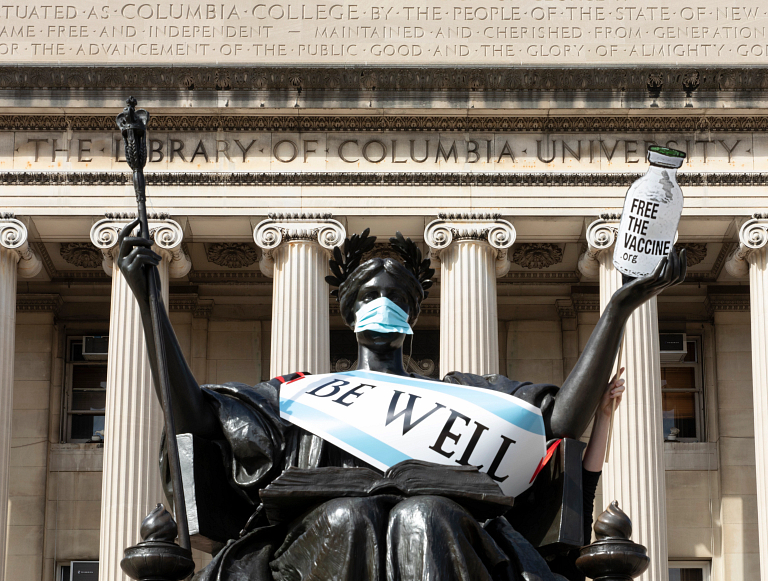
In addition to the SDG-relevant exhibitions found in the Galleries, Herron Professor and Graduate Program Director for Visual Communication Design Youngbok Hong is working on sustainable design. At a recent conference on sustainable design as a common good – benefiting the whole of society –Professor Hong presented a paper on the methodological framework for the common good and its applicability in understanding and achieving sustainable design while working towards the SDGs. This work targets sustainable and inclusive aspects in achieving sustainable cities and communities (SDG 11).
Additionally, this as well as the art of Professor of Fine Arts Valerie Eickmeier show Herron’s engagement with topics of sustainable development like climate change (SDG 13), life below water (SDG 14), life on land (SDG 15). Professor Eickmeier’s research and studio practice explores aspects of cartography to relay information about specific locations and environments and how they are impacted by climate change. Currently, the particular focus of this work is on how climate change is melting glaciers and icefields at an unprecedented pace and consequently the sea level is rising globally. Through the creation of paintings, woodcuts, and prints, Professor Eickmeier aims to promote awareness and contribute to the dialogue surrounding environmental responsibility and effects of climate change (SDGs 13, 14, and 15). Learn more about Professor Eickmeier’s art and view a virtual gallery here.
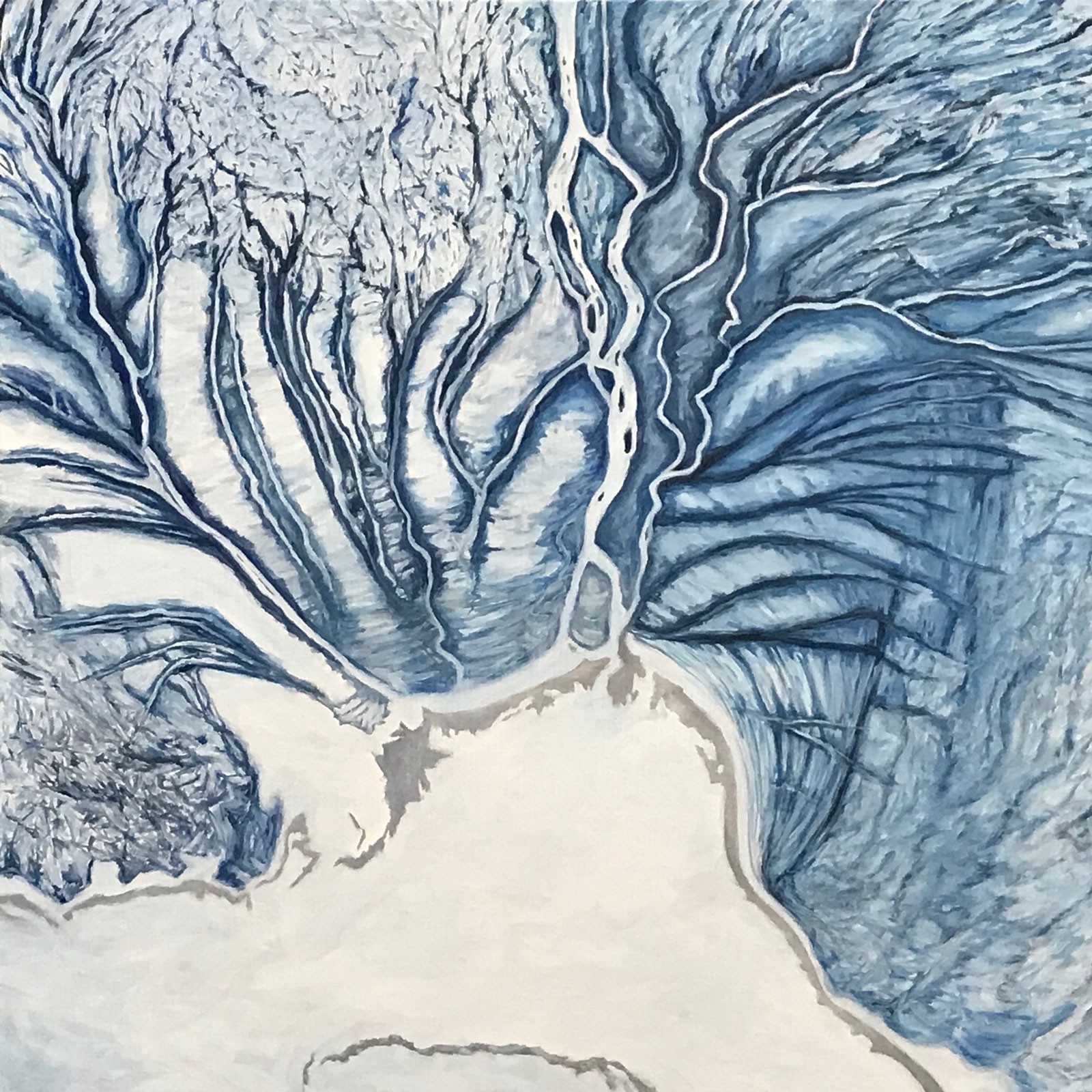
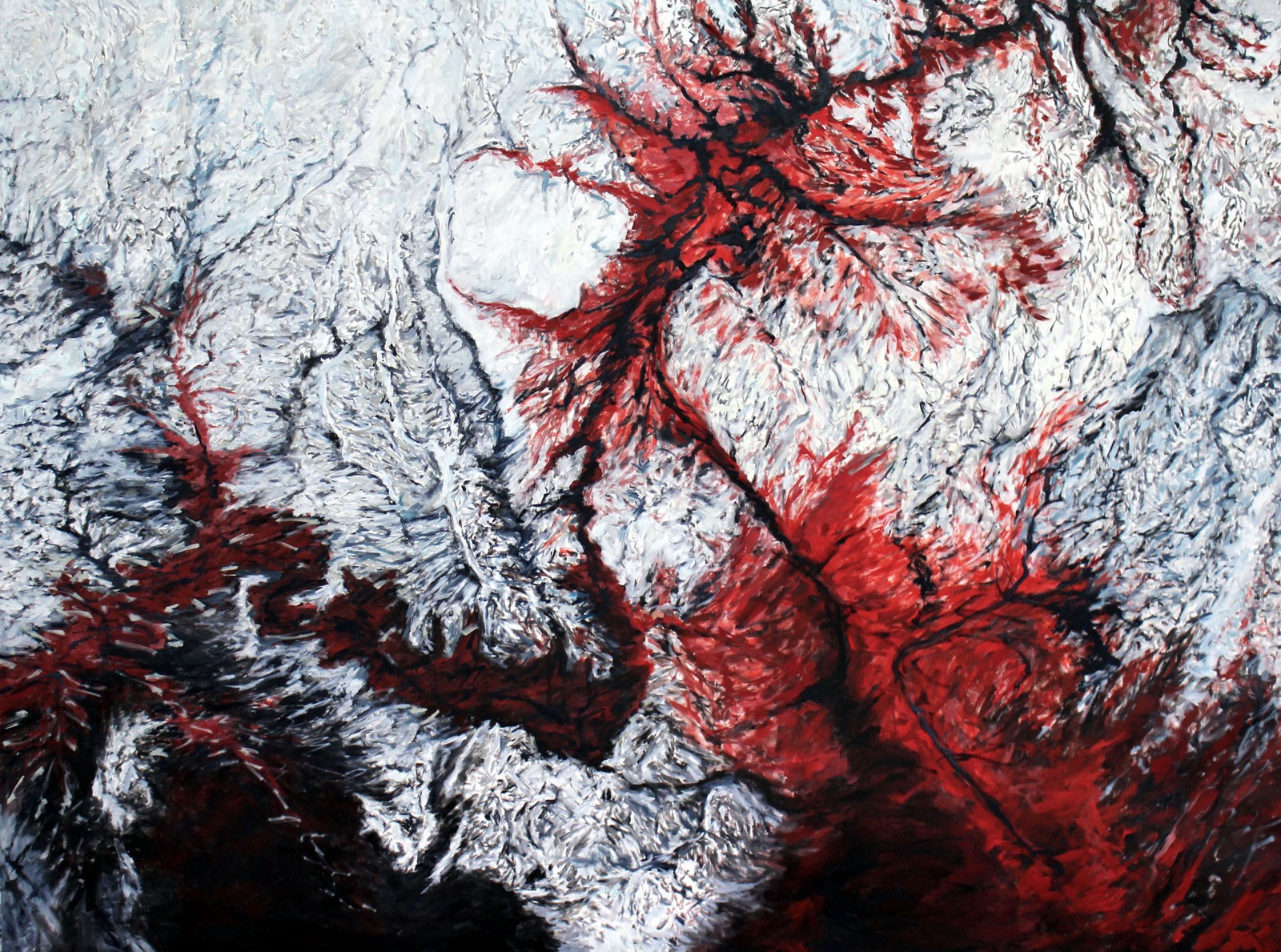
Herron's galleries – as well as groundbreaking curriculum – continue to be an innovative educational forum for diverse audiences by providing direct and meaningful encounters with art and artists through a wide range of curatorial projects and programming. Read more about the Galleries at the Herron School of Art and Design’s exhibitions related to reaching Agenda 2030 here.

